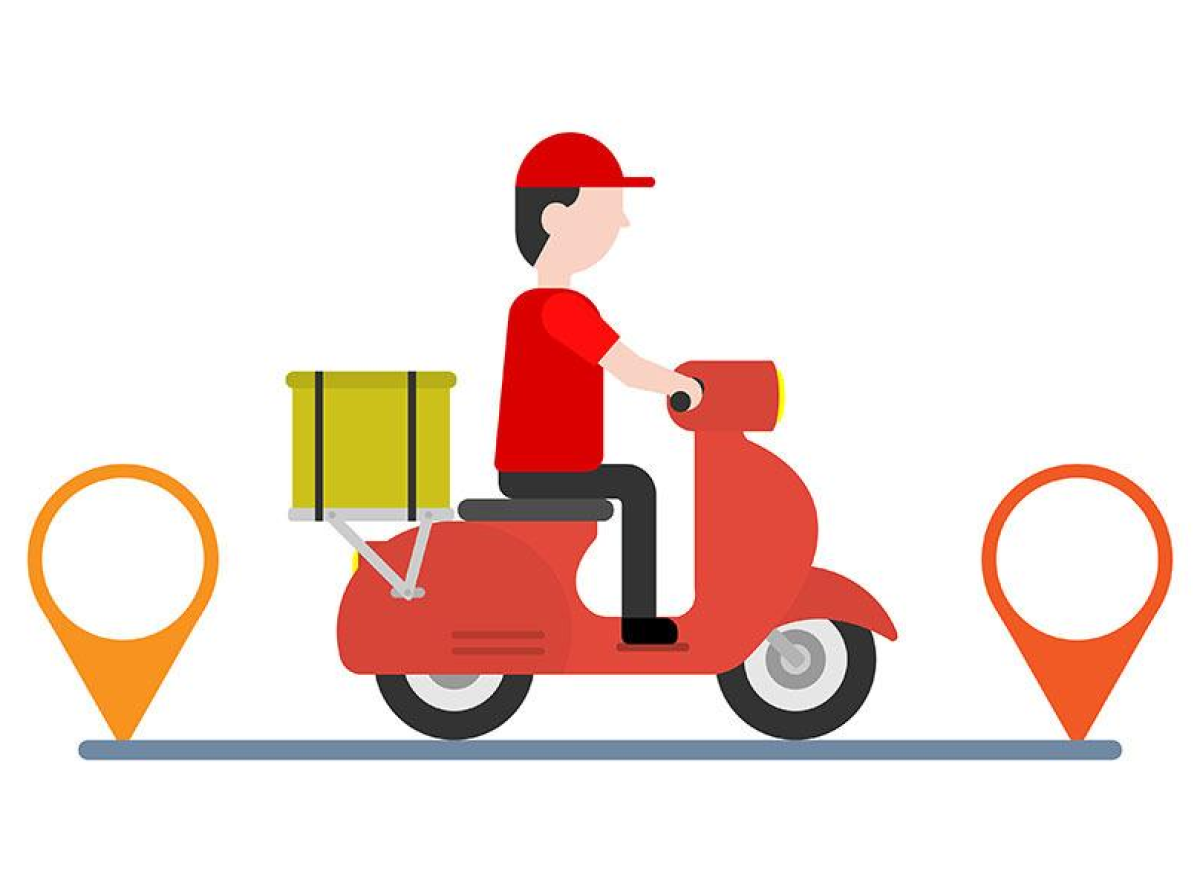India's Q-Commerce Boom: A race against the clock for convenience

India's bustling cities are witnessing a revolution in how people shop. Enter quick commerce, or q-commerce, the new kid on the e-commerce block promising delivery of essentials and more in under an hour. This sector has seen explosive growth, and it's not slowing down anytime soon. Quick commerce (Q-commerce), the delivery of essentials and everyday items within minutes, has become a game-changer in India's retail landscape.
From lockdowns to lightning speed
The COVID-19 pandemic undoubtedly played a catalytic role. Lockdowns restricted movement, pushing Indians towards online grocery shopping. However, the existing e-commerce model, with deliveries taking days, wasn't ideal for immediate needs. Q-commerce emerged to bridge this gap, offering a solution for that forgotten carton of milk or a last-minute birthday gift.
As per Redseer Strategy Consultants, India's q-commerce Gross Merchandise Value (GMV) skyrocketed a staggering 77 per cent year-on-year in 2023. This impressive growth comes despite an overall slowdown in the e-commerce market, highlighting the unique appeal of q-commerce. One prominent example of a Q-commerce player is Zepto, boasting deliveries in 10 minutes or less, CEO, Aadit Palicha, emphasizes the company's focus on “fulfilling needs, not wants.” This philosophy aligns perfectly with the core concept of Q-commerce - providing instant access to essentials.
The Indian q-commerce market is estimated to reach a $45 billion, significantly larger than the food delivery market. Analysts predict growth to continue at 40-45 per cent over the next few years, with a potential surge in user base.
Perfect storm for q-commerce growth
Several factors have propelled q-commerce forward.
• Urban consumer cravings: Busy lifestyles in cities create a demand for instant gratification. Q-commerce caters to this need by eliminating the need for physical store visits.
• Smartphone savvy: India's booming smartphone user base translates to a population comfortable with mobile shopping. Q-commerce apps provide a seamless user experience for on-the-go purchases.
• Deep pockets and innovation: Well-funded startups like Dunzo, Swiggy Instamart, Zomato Blinkit, and even established players like Amazon Fresh are investing heavily in optimizing delivery networks, expanding product categories, and offering attractive discounts to attract customers.
Fashion finds a place in the fast lane
While groceries dominate the q-commerce landscape currently, the fashion and lifestyle sector is starting to take notice. Busy professionals and fashion enthusiasts might find the convenience of quick delivery for forgotten accessories or a last-minute outfit change appealing. Major players like Myntra are exploring partnerships with q-commerce platforms to offer faster delivery options for apparel and accessories. Experts predict this segment to grow as consumers become accustomed to the convenience of quick deliveries for non-essential items as well. However, challenges remain. Unlike standardized grocery items, fashion products require a wider variety in terms of size, color, and fit. Streamlining the return and exchange process will be crucial for q-commerce to gain traction in fashion.
Indeed, the path forward is not without challenges. Ensuring profitability in a hyper-competitive market with razor-thin margins and the high cost of maintaining a robust delivery network will be crucial. Additionally, ethical sourcing, sustainable packaging, and responsible labor practices must be prioritized to create a long-term, sustainable model. As the segment expands, the battle for dominance will likely extend beyond groceries, with fashion and lifestyle potentially becoming the next battleground.
























